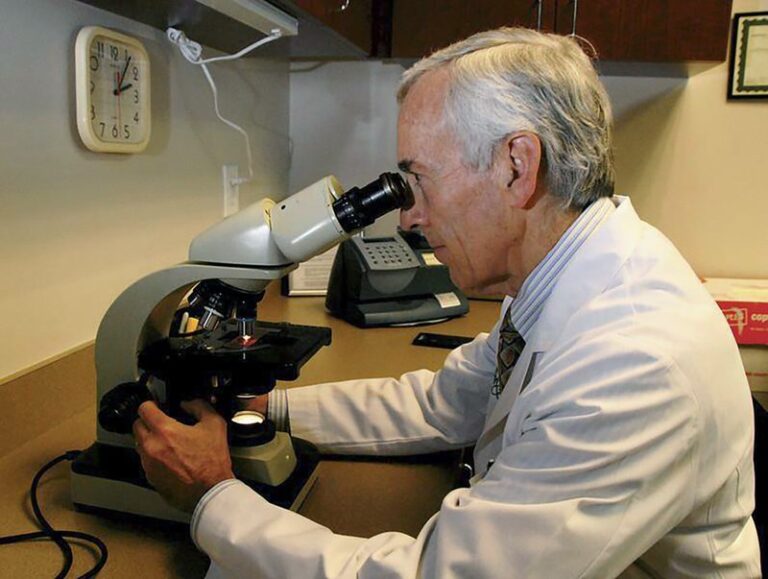
(AP)—When Dr. Stanley Fineman started as an allergist in Atlanta, he told patients they should start taking their medications and prepare for the drippy, sneezy onslaught of pollen season around St. Patrick’s Day. That was about 40 years ago. Now he tells them to start around St. Valentine’s Day.
Across the United States and Canada, pollen season is starting 20 days earlier and pollen loads are 21% higher since 1990 and a huge chunk of that is because of global warming, a new study found in Monday’s journal the Proceedings of the National Academies of Sciences.
While other studies have shown North America’s allergy season getting longer and worse, this is the most comprehensive data with 60 reporting stations and the first to make the required and detailed calculations that could attribute what’s happening to human-caused climate change, experts said.
“This is a crystal clear example that climate change is here and it’s in every breath we take,” said lead author Bill Anderegg, a biologist and climate scientist at the University of Utah, who also has “really bad allergies.”
Chris Downs, a 32-year-old mechanical engineer in St. Louis, is already getting sinus problems, headaches and worst of all itchy red eyes — and his Facebook friends in the area tell him they’re feeling the same. He said the allergies, which started 22 years ago, usually hit in March, but this year and last year, they were already around in early February, along with blooms of trees and flowers outside.
“As a kid I never saw anything start blooming in February, now I see a handful of years like that,” Downs said.
The warmer the Earth gets, the earlier spring starts for plants and animals, especially those that release pollen. Add to that the fact that trees and plants produce more pollen when they get carbon dioxide, the study said.





